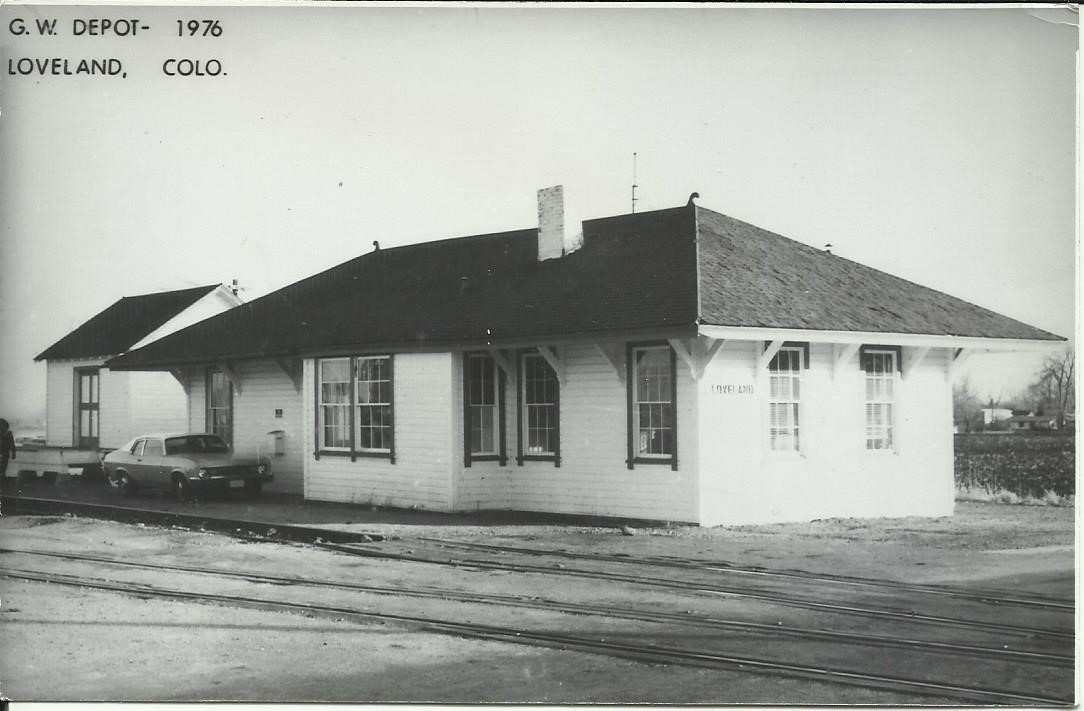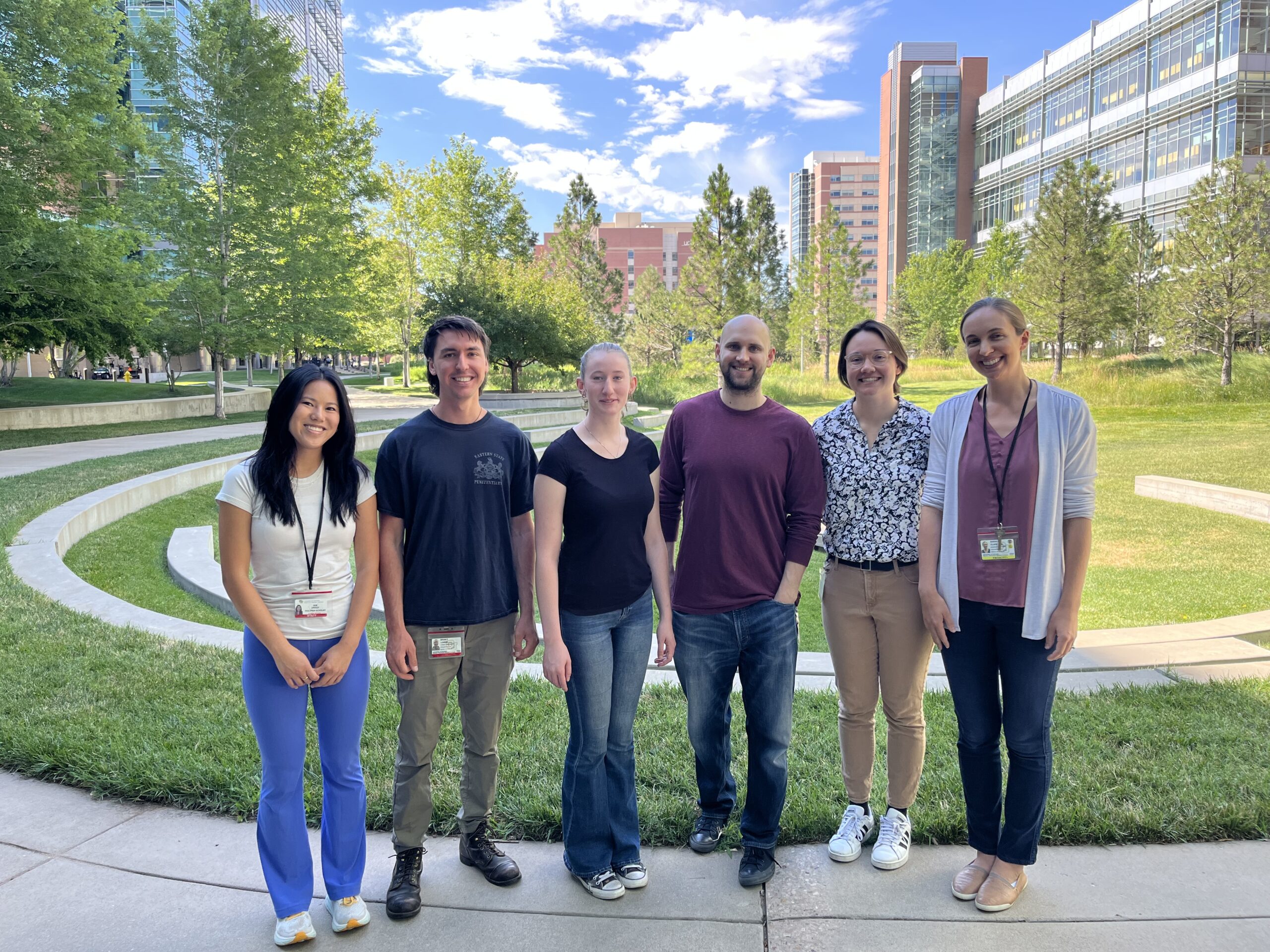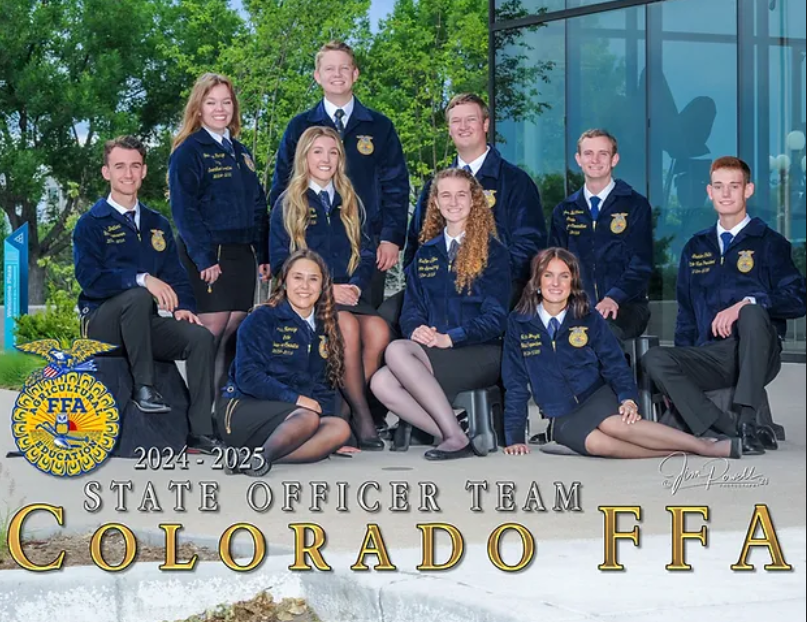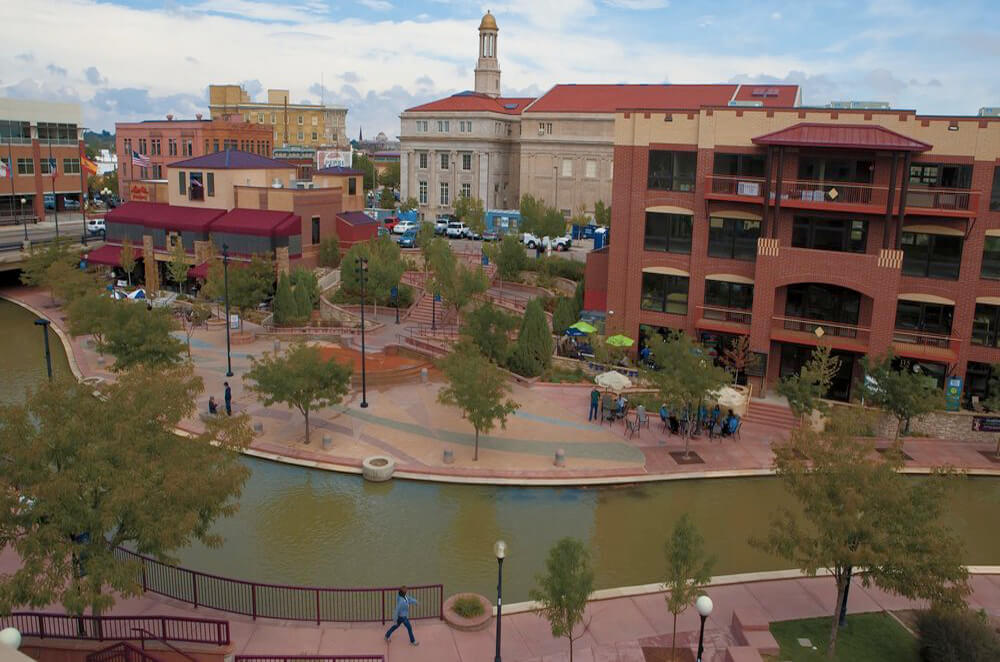When you picture Colorado, you probably don’t immediately think of sugar.
But the city of Loveland, Colorado was literally built on sugar. In fact, by the turn of the century, the sugar industry had tripled Loveland’s population and continued to drive the local economy for 80 years. Even today, many Loveland residents either worked in the industry or have relatives who did.
Perhaps that’s why the Loveland Train Depot means so much to the community. The building represents more than simply transit. It is a physical representation of the community’s roots and what ties so many people together.
“Growth of many new and old neighborhoods, schools, hospitals, businesses and industries were tied directly to the Great Western Sugar Co. and the railroad coming to Loveland,” said by Sharon Danhauer, Loveland resident and co-chair of the Save the Loveland Great Western Depots Committee. “Loveland would have taken several more decades to grow out of the small farming town it was if not for the sugar factory.”

In the late 1890s, Charles Boettcher replaced steamer trunks of his wife’s clothing with beet seeds and launched the Great Western Sugar Co. At the same time, the Great Western depot and local railway were built to facilitate shipping of sugar beets from outlying farms. While its main purpose was to transport beets, sugar and molasses, it also began operating passenger service that continued into the 1920s. Today, the depot is the only surviving portion of the former factory.
Unfortunately, this community treasure faces demolition if not moved to a new location. So, in 2017, the Loveland Historical Society formed the Save the Great Western Depots Committee.
“This ad-hoc committee has been working diligently to raise awareness of the plight of the Great Western Railway passenger and freight depots,” said Danhauer. “Our mission is to raise funds through community partnerships to assess, relocate and restore the Great Western passenger and freight depots in Loveland.”
Their solution: in partnership with the City of Loveland, move the train depot approximately 500 feet into a park owned by the city. Once relocated, it will serve as a small museum and community space to educate the public about the importance of the railroad and sugar beet industry in Colorado. However, moving a building is costly.
“The Boettcher Foundation generously awarded us two grants towards saving and moving the depots in 2022, truly a blessing and a big boost in our funds,” said Danhauer. “We are hopeful that other large grants will become available to us now that the Boettcher Foundation has shown generous support.”
This project is about more than just preservation. It’s about adaptively reusing a historic building that represents the past to educate future generations. The depot’s special architecture will serve as more than a museum – it will be a community gathering place for the many people who were involved in making Loveland what it is today.
That’s the spirit of Boettcher.




